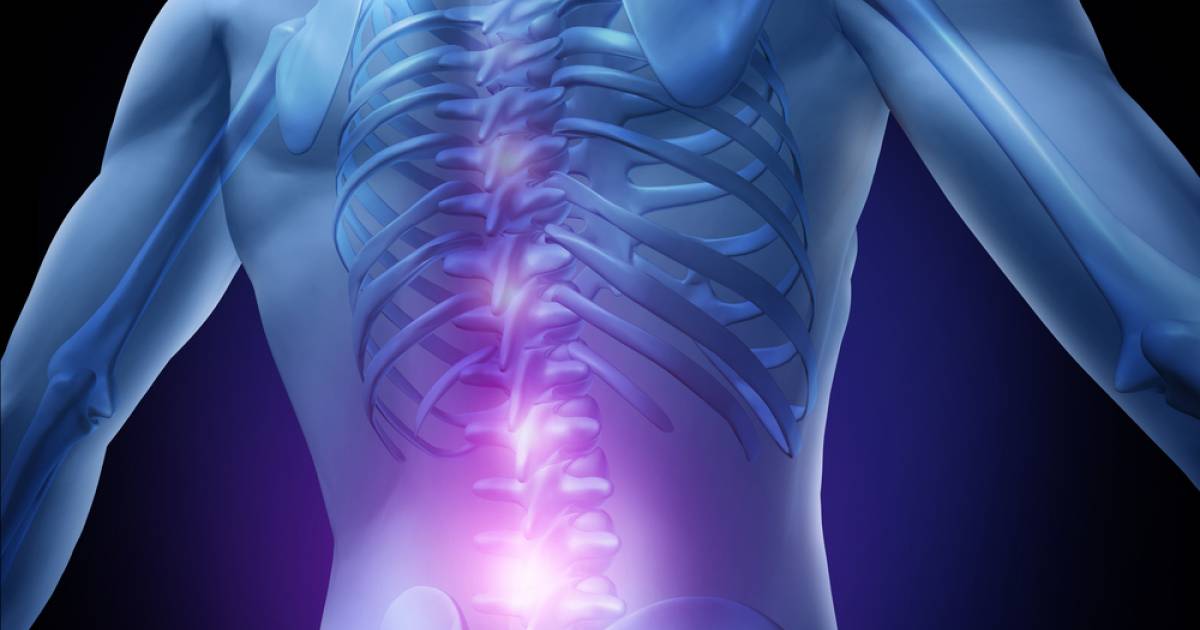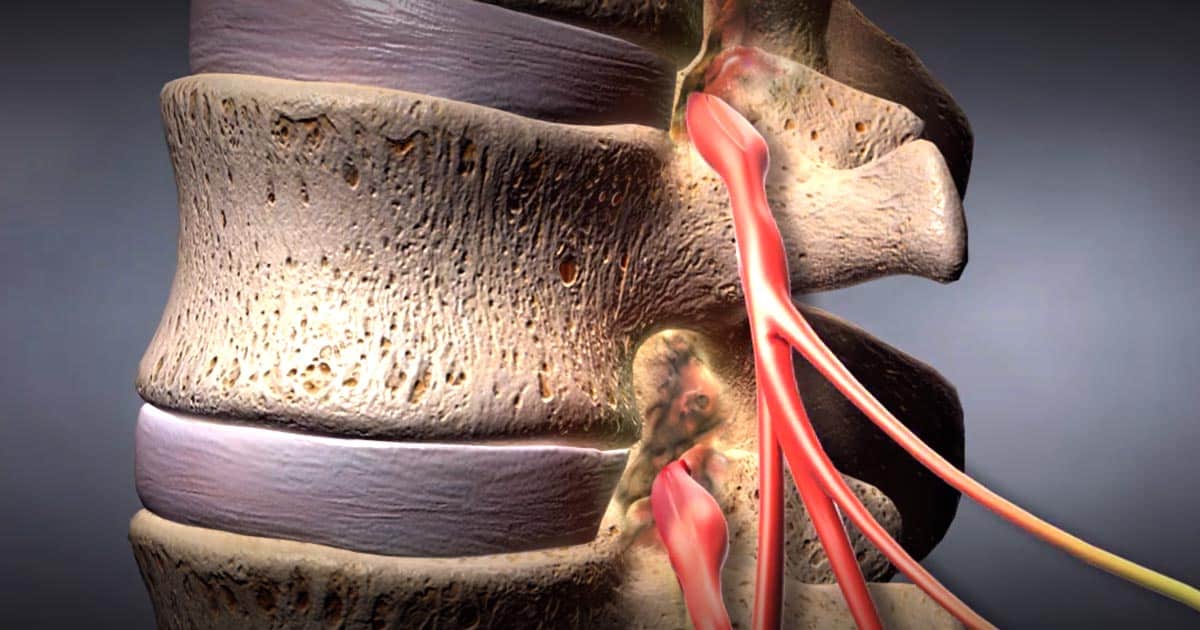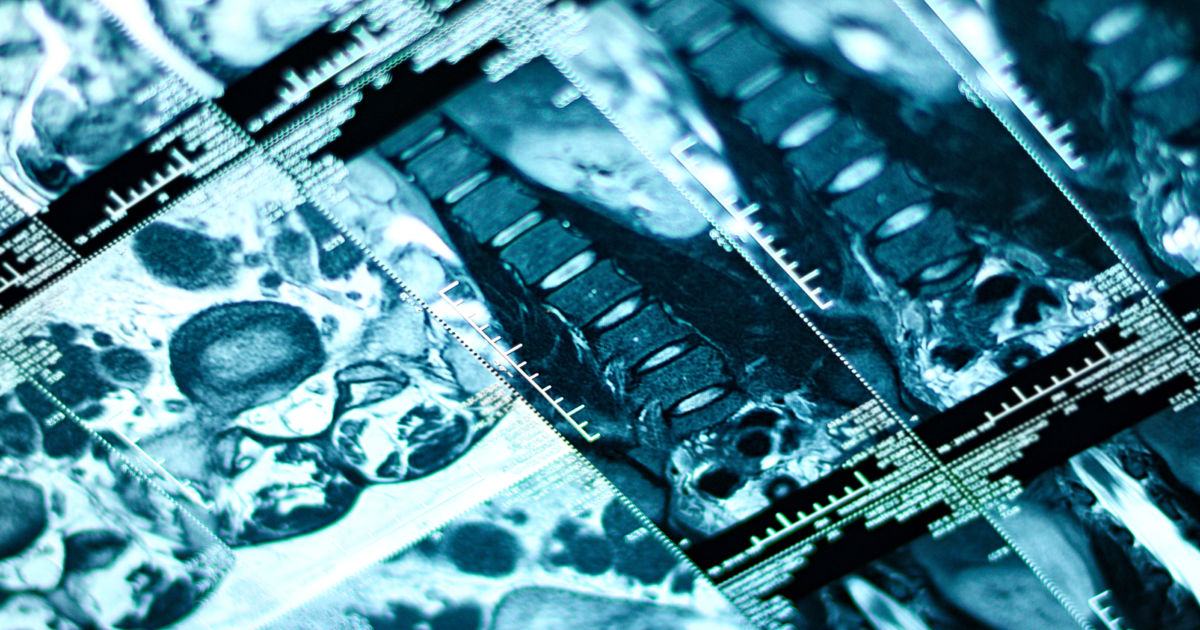What Causes Myelopathy?
The spinal cord is an essential part of the central nervous system, carrying electric impulses back and forth from the brain to the rest of the body. Myelopathy is the name for a group of symptoms caused by the compression of the spinal cord. If the compression is in the neck, the condition is known as cervical myelopathy, and symptoms will be felt in the arms and upper body.
Compression lower on the back is known as thoracic myelopathy, and its symptoms can include issues with the lower body and legs. Myelopathy has several causes, and the treatment will be based on the underlying medical condition.
Central Disc Herniations

One of the most common causes of myelopathy is central disc herniations. Spinal discs are the natural shock absorbers between vertebrae, and they are made of an inner, jelly-like substance surrounded by a harder membrane known as the annulus. This condition, also known as a bulged or slipped disc, happens when the annulus is squeezed and bulges out from between the vertebrae, putting pressure on the spinal cord.
A herniated disc can be caused by a sudden injury to the back. Most often, this condition occurs as individuals age and the annulus becomes weaker. In minor cases, the patient will be given pain medication and asked to reduce activity until the situation resolves itself. It more serious cases, surgical replacement of the disc or fusion of the spine may be recommended.
Spinal Injury

A spinal injury is always a cause for concern. Serious trauma to the spinal cord can cause partial or full paralysis, and even a minor injury can leave the patient with mobility issues that will limit their ability to work or perform regular activities. A spinal injury can also lead to temporary or permanent myelopathy. In the wake of spinal trauma, there can be inflammation of the tissues around the spine, leading to compression of the spinal cord.
In less serious cases, the symptoms will improve as the body heals itself. Reduced inflammation creates less compression. In this case, the patient will receive pain medication to help reduce swelling and physical therapy to restore flexibility. Patients need to be reevaluated if symptoms stop improving.
Rheumatoid Arthritis

Rheumatoid arthritis is a chronic condition in which the immune system attacks the membranes around the joints. This condition can be found in the hands, knees, hips, neck, and back. When it affects the membranes between vertebrae, it leads to constant inflammation and myelopathy. Unfortunately, rheumatoid arthritis can lead to permanent joint damage. Treatments for this condition are improving, but most of the focus is on controlling the symptoms, especially pain and joint damage.
In the early stages of this disorder, back pain can be relieved through self-care with ice packs, over-the-counter pain medication, and light stretching. In more serious cases, a surgical procedure may be recommended to reduce swelling. Because of the risks of back surgery, this procedure is normally reserved for patients whose quality of life has been compromised by the condition.
Spinal Stenosis

Spinal stenosis is a common cause of myelopathy in older individuals. This condition is most often found in the lower back and involves a narrowing of the spinal canal, the hollow tube within the vertebrae where the spinal cord is found. Because it typically involves thoracic myelopathy, spinal stenosis is marked by pain in the legs and difficulty with walking. It is frequently caused by osteoarthritis in the back, especially when there is a buildup of bone or bone spurs.
In the beginning, spinal stenosis is treated with physical therapy, stretching, and exercise. Symptoms get worse if the patient reduces the amount of daily activity. Cortisone injections can bring temporary relief for the pain of spinal stenosis. Back surgery to remove excess bone may be recommended, though this is normally done in more extreme cases due to the risks.
Spinal Tumors

Unexplained myelopathy can be a sign of spinal tumors. Bone cancer produces the most common cases of tumors on the spine, but the spinal cord itself can have cancerous growth. In either case, the tumor will put pressure on the spinal cord. If the tumor can be removed or reduced, myelopathy symptoms will improve. Surgery may be recommended if there is only one tumor and a low risk of spinal cord damage.
Multiple tumors or a tumor in a risky position will be treated with general or targeted chemotherapy and radiation. As with most cancers, treatment is more successful when the tumor is in its early stages. For this reason, patients who experience myelopathy without a clear cause should consult a doctor as soon as possible.
